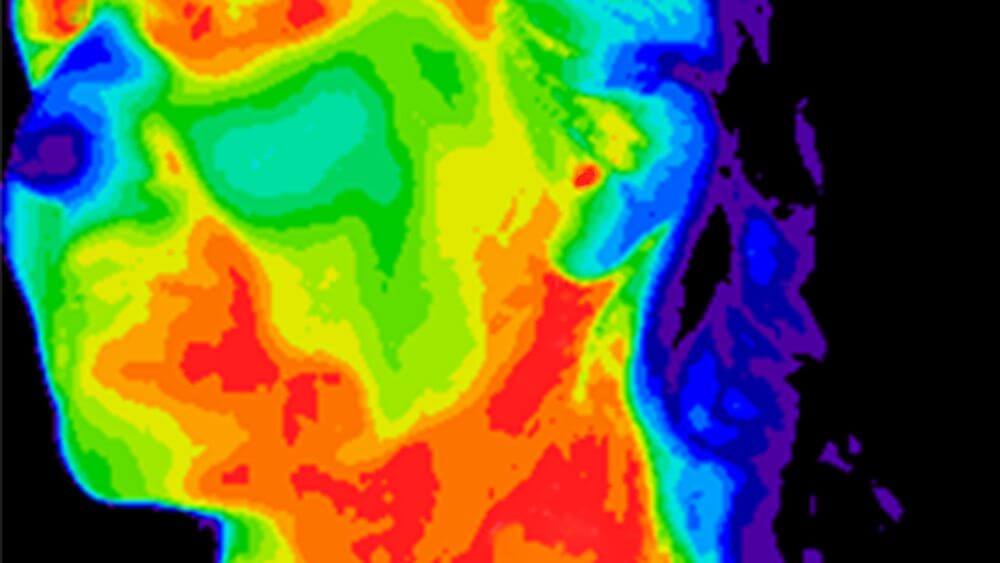
Regional Hyperthermia – which temperatures are actually reached in deep-seated body tissue?
The objective of hyperthermia is to increase the temperature in the target area. That also applies if the target area is located in deep-seated body tissue, as is usually the case. The simplest and most valid option would be to measure the temperature, which could be done with a temperature sensor. Unfortunately, we would first have to resolve the problem of bringing the temperature sensor to the measuring point inside the body. Surgical intervention to place a sensor does not appear a very attractive option, but natural body orifices offer obvious solutions. A temperature sensor can easily be placed in the intestine, and moved to the desired location, at least in the colon. In the case of ovarian cancer in women, the temperature can also be determined relatively easily in the vicinity of a solid tumor. A sensor attached to a thin fiber-optic cable could even be inserted in the case of tumors in the neck and esophageal area. In contrast, there are no simple solutions for tumors in the area of the pancreas, liver or brain.
One interesting approach is to evaluate methods of non-invasive temperature measurement, i.e. ways to measure the internal temperature from the outside. In principle, there are a number of technical procedures for doing so, of which only one has yielded acceptable results so far: the use of an MRI. This MRI in turn has to be modified in order to measure the temperature during a regional session. As a consequence, the device is used for temperature measurement only–a hugely expensive thermometer that is only employed in very few university hospitals for this reason.
Another completely inadequate variant consists of calculating the projected theoretical temperature development with a model based on technical parameters. Such models are more than questionable because they don’t take the cooling effect of the blood circulation into account and simplify the heterogeneity of the tissue. The temperature displays on some device screens, showing regular, miraculous increases to above 40 degrees Celsius, are certainly a sham.
In summary, it is no easy feat to achieve an adequate regional temperature increase in deep-seated body locations. In many cases, sophisticated protocols are required. Such protocols then also have to be validated with real measurements at the time of their creation.
We will introduce some measurements here in the blog ...
